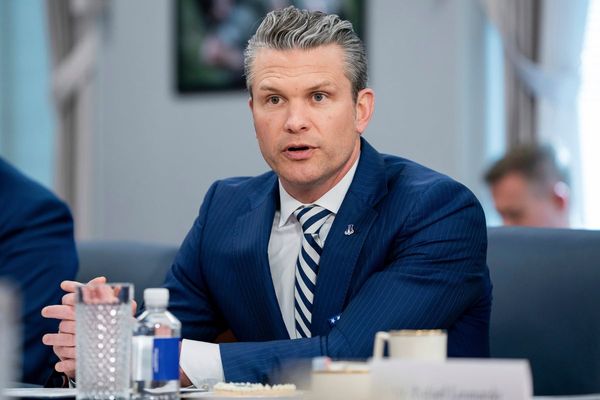
A 'flying car' designed to respond to emergencies in remote and regional Australia is one year closer to lift-off after receiving a $5.43 million funding boost from the federal government.
The Australian Renewable Energy Agency announced its investment in Sydney-based start-up ASML Aero on Wednesday, in what it called a bid to demonstrate the the feasibility of hydrogen-powered planes.
The funding injection comes one year after AMSL Aero, founded by husband and wife team Siobhan Lyndon and Andrew Moore, secured a $23 million investment to develop its electric vertical take-off and landing aircraft that could travel up to 1000km on a single tank of fuel.
The aircraft is expected to be used by paramedics and other emergency services personnel to access remote locations quickly, as well as transporting cargo.
AMSL Aero co-founder and chief executive Mr Moore said the firm's latest investment would "accelerate the design, build and certification" of the Australian made aircraft and would see it in the air sooner than anticipated.
"Additional funding (will allow) us to start about a year earlier than we otherwise had budget to do," he told AAP.
"It will mean that patients and passengers will have earlier access to the aircraft as a result, and will play a key role in decarbonising air transport in Australia and abroad."
Early designs of the aircraft feature eight propellers, a modular body that can be customised to suit aeromedical needs, and the potential to travel at speeds of up to 300km/h.
Federal Climate Change and Energy Minister Chris Bowen said investment could serve two purposes: boosting the reach of emergency services while developing a way to cut transport emissions.
"AMSL's aircraft could become an important tool for emergency services personnel, particularly as we face more frequent natural disasters," he said.
"Green hydrogen and other sustainable aviation fuels are vital to help decarbonise the hard-to-abate aviation sector, now accounting for around 2.5 per cent of global emissions."
ARENA's latest move comes after a record-breaking year for investments in renewable energy projects, sinking $544 million into 60 projects.
Investments included a a $50 million injection into the HyGATE Initiative to develop hydrogen supply and $50 million in hydrogen research and development projects.
ARENA chief executive Darren Miller said the alternative energy source could play a significant role in reducing emissions from air transport, alongside sustainable aviation fuel and electric aircraft.
"Developing low-emissions air transport will require a variety of solutions, including hydrogen and battery electric," he said.
"For end users like emergency services, this technology is an exciting prospect for cutting emissions from air transport."
eVTOL aircraft are also expected to be used as 'flying taxis' in Australian tourism operations, with plans announced by Sydney Seaplanes and Nautilus Aviation to use the aircraft in 2026.







